Polo shirt tucked neatly into slacks and a pair of bifocals resting on his nose, Leo Schwab rolled into STARCADE! sometime in 1983. When host Geoff Edwards asked him his hobbies, he quickly responded with “computers” and “electronics.”
Leo hopped up onto the glossy stage. His opponent, Vance McGrit, didn’t know what hit him. Before long, Schwab had lapped his competition in points in classic games like the vector-based Star Trek, the isometric shooter Super Zaxxon, and the oft-forgotten Super Pac-Man. Leaving McGrit in the dust, Schwab punched his ticket to compete in the finale. If he could score 6,914 points in the colorful 1982 racer Pole Position, he’d win his own machine: Burger Time.
The premise of STARCADE! was quite simple: Shove a bunch of cabinets into a soundstage and invite a couple kids every week to do battle in some of the most cutting-edge video games on the planet. Each contestant had about a minute to rack up as many points as possible in games like Dragon’s Lair, or Pole Position. The highest cumulative score would take home the gold. It was a game show specifically designed for the arcade era, peaking at the height of the craze in American society.
The set was a gamer’s paradise. There were those dozens of cabinets shown whenever the camera swooped across the stage. But contestants also whispered about a legendary back room, where hundreds of classic games were set to a quarter-liberating free-play option. There, contestants would curb their nerves with a healthy warm-up before trotting out to the lights and cameras.
For modern nerds, games on TV might be little more than a novelty. But for the dorks of the early ‘80s? This was a place where video games were taken seriously, long before the rest of adults caught up. Maybe your Dig-Dug high score was lost on the general public. But certainly not on STARCADE!
Schwab ultimately fell short. No Burger Time for him. But as a consolation prize, he took home Mr. Disc and a Texas Instruments home computer. “Now I have three computers!” he shouted.
The same year that Schwab made his mark in STARCADE!, however, the video game market abruptly crashed, due in part to a flooded console market and the competition from home computers. A year later, STARCADE! was cancelled. In a pre-Internet world, where no one could upload videos to YouTube or form fawning cult fandoms on Reddit, that meant the show completely disappeared from the public consciousness—except in the memory of former contestants and fans.
As one of the first nationally televised gaming shows, STARCADE! was a pioneer in competitive gaming, often referred to as esports. Three decades after its cancellation, esports like League of Legends and Dota 2 draw millions of viewers and boast million-dollar prizes. The line back to STARCADE! from these games isn’t particularly straight. But it’s there.
I was pessimistic when I set off to do a story on STARCADE!. IMDB didn’t have any promising strands, and the show’s star, host Geoff Edwards, had died earlier in the year. It’s not easy digging for leads on a show that concluded its run long before the Internet era.
I pitched the idea out of a faint hope that maybe I might stumble into a production assistant or a former contestant. But all I found was a website belonging to the JM Production Company, the name you’d see at the end of the show’s credits. The site looked like it was designed maybe 15 years ago, and hadn’t been updated since. Loaded with broken flash plug-ins, it linked out to a scarcely updated Twitter account. There was a phone number, and a brief bio describing the two owners, Mavis E. Arthur and James R. Caruso. Arthur wrote a book about financial solvency for women back in the ‘70s, and Caruso worked in marketing.
Naturally, I wasn’t expecting much when I dialed the number. A woman picked up. Sheepishly, I asked if she could point me in the direction of someone, anyone who had a connection to STARCADE!
“Well, I was the executive producer of the show, and James here, he wrote all the episodes,” she said.
Arthur and Caruso’s relationship with games goes back to the very beginning. They were both working with Electronic Data Systems, an early computer company based in Dallas, and stumbled into games through the Commodore 64 and Apple II developers. Before long, they were exposed to arcade games, which were being produced by companies transitioning out of the pinball business.
“We went to the Caribbean and laid out on the beach, and decided, ‘Yeah, let’s do this,’” says Arthur. “We started talking with Atari and Williams, and the rest of the big arcade manufacturers of the time, and from there we decided to make a television show.”
Mavis and James formed their partnership as the JM Production Company back in 1977, as a way to produce print materials, photography, and the occasional video project for internal corporate use. But when they set out to make STARCADE! they had zero broadcast television contacts. They produced their first pilot of the show on their own dime, and eventually scored a couple meetings after making a ton of cold calls.
“It wasn’t difficult; it was impossible,” said Caruso on pitching a video game-themed show. “The thinking was at the time that nobody wants to watch someone play video games. We took the show to NBC and we got up to the vice president and gave him a pitch, which lasts about 30 seconds in the broadcasting industry.”
“It usually ends with ‘get out of my office,’” Arthur said. And that was indeed how most of their early meetings went.
NBC asked Mavis and James to produce three more pilots, this time with an up-and-coming TV host named Alex Trebek. But when they returned to NBC with these shows, the project was declined.
“After NBC passed on us, we took the show to various ‘players’ in the L.A. area,” says Mavis. “One of them was Jack Rhodes of Jack Rhodes Productions, who suggested we contact the Turner organization.”
Before long Mavis and James were on their way to Atlanta for a meeting with Ted Turner himself. His six-year-old cable channel, TBS, was looking for something to sell to a new advertiser, toy manufacturer Parker Brothers. Turner ordered three seasons’ worth of STARCADE! to air five days a week, and asked for absolutely nothing in return other than the rights to run it on his network. (Caruso and Arthur still own everything related to STARCADE! to this day, which is why every single episode remains available to watch on the website.)
STARCADE!, quite prophetically, envisioned itself as something of a sports program. The pilot featured Mike Eruzione, one of the players from the freshly minted Miracle on Ice U.S. hockey team, as its host. Players would compete, dominance would be displayed, and the winner would get to go against a celebrity. This might not seem so weird now. But remember: In the early ‘80s video games were still being accused of demonic corruption, much less a flaccid waste of time.
Breaking the social stigma was one thing, but just producing a television show with arcade games was a pretty dramatic technological undertaking. The STARCADE! Format would often have its players try to score as many points as they could within a 60-second timeframe. But as Caruso asks, “How do you make an arcade game stop?” Point totals set to strict time limits might not be the ideal measure of video game skill, but they were perhaps the best compromise for a 30-minute TV show.
STARCADE! also took some crazy technical leaps. Shooting the monitor directly would lead to interfering scanlines, so the show had to harness video directly from the cabinet feed, which is a process not made for the faint of heart. STARCADE! pushed the available resources to their breaking point, streaming video games long before the era of Let’s Play and Twitch.
“The magic of STARCADE! still exists because of that moment in technology.”
The makeshift solutions were necessary in a games industry that wasn’t yet ready for the limelight of competition. There wasn’t any commentary capability built into the Frogger cabinet. But STARCADE! found a way.
“I’m actually not precisely sure where those prizes are,” says Leo Schwab over the phone, more than three decades after his last appearance on the show. “The Mr. Disc I think was given away to a former girlfriend, and the computer is probably in the garage somewhere.”
Schwab actually appeared on STARCADE! twice, the second time as an invitee to a sort of champion’s competition. Unfortunately, he was eliminated in the first round, (and he’s still looking for that rematch clause). He remembers his appearance on the show fondly, to the point of doing his own little Let’s Play recap of the two episodes he’s starred in.
It’s not surprising Schwab looks back at that one time he was on TV with warm nostalgia. But over the past 30 years, Schwab has stayed in contact with Arthur and Caruso. And he’s not the only one. In all the conversations I had with anyone associated with the show, I found a family. Arthur and Caruso maintain a close connection with every past contestant they can.
“It was just fun,” says Schwab. “There’s a certain cachet to being on this unique game show that hasn’t been replicated before or since. It’s like how people keep going to their high school reunion.”
That sentiment is echoed by the show’s former contestant coordinator, Marie, who asked to keep her last name off the record.
“It was a very special time and a very special place,” she says. “Mavis and James have gotten in contact with me when people have gotten in contact with them, and they ask how I’m doing and such. It’s not surprising to me at all.”
Arthur, in our earlier conversations, spoke about something she called “the magic of STARCADE!” It was this shared feeling about the experience that many former contestants and producers still hold, 30 years after the fact.When I ask Marie about this, she’s not quite able to express how she feels.
“I think about this all the time,” says Marie, her voice trailing off.
A few hours after our conversation, I get an email.
“The magic of STARCADE! still exists because of that moment in technology,” she wrote. “Today you might not be using your first cellphone, but you can still drop quarters in a Pac-Man machine. Nothing will ever match the innocence and newness of that. STARCADE! celebrates that time, and it makes today’s games that much more special.”
She’s right. The show’s legacy is inextricably tied to the era of the arcade—a monumental moment in video game history, one that’s been unfortunately paved over in the last couple of years. As games have infiltrated every part of our lives, even our phones, they’ve largely left behind the place that gave birth to them. Despite a minor resurgence in recent years, revenue from the arcade industry is only a fraction of what it once was, falling from $8 billion a year in 1981 to an estimated $1.5 billion in 2012.
Marie, the contestants, Arthur and Caruso—they all loved arcade games. It was their era. You can hear it in the way Schwab talks about the simplicity of the design, and how the game’s industry has lost touch with their small-scale glory, or about how host Geoff Edwards had absolutely no conception of what arcade games were but quickly became a huge fan of the industry as he learned on the job. The show’s alums keep in contact, because well, that’s the only way they can get back in touch with those adolescent feelings.
“We’ve had three quarters of the contestants come back and check in,” Arthur says. “The 12-year-olds of 1982 are all doctors and lawyers now, a couple of them are in jail, but we know where they are!”
STARCADE! might seem quaint now: Kids playing pixelated video games housed in blocky wooden boxes on stage before a backdrop of flashy neon lights. But major TV networks still shun esports. And as a result, much of the responsibility for growing competitive gaming has fallen on the community itself.
Using streaming services like Twitch, gamers and trailblazing game companies have leveraged esports fans into a massive worldwide gaming audience: 32 million people tuned in to watch League of Legends in 2013. And when future esports historians look for the industry’s origin point, they might just trace back to a little game show produced in front of a tiny studio audience.
“What’s being done today [in esports] is not far from what our original thoughts were years ago,” says Caruso. “How to present the show and how to present the games and the team concept, that’s STARCADE!”
There’s even talk of a STARCADE! reunion show. The idea would be to invite the former contestants and other people involved with the show, glitz it up a little bit, and host it in Silicon Valley or Las Vegas as a big wistful celebration of STARCADE!. They’ve considered a Kickstarter campaign, or taking the concept back to television. (“Same problems as the ‘80s, a TV show about arcade games is a tough sell,” says Caruso.) Either way, they hope with enough momentum STARCADE! will venture back into the public eye.
Should it? That probably depends on your relationship with those once-futuristic cabinets dotting the floors of dentist offices and convenience stores across America. STARCADE! might not be the most relevant show in 2014: The technology is limited and the gameplay is primitive. But that hardly matters anymore. It stands now as a tribute, maybe even a graveyard for the era. Those who were there still return to touch it. Feel that blocky, vectored warmth. STARCADE! lifted their passions high, and they’ll never forget it.
A version of this story was originally published on the Kernel on Oct. 14, 2014.


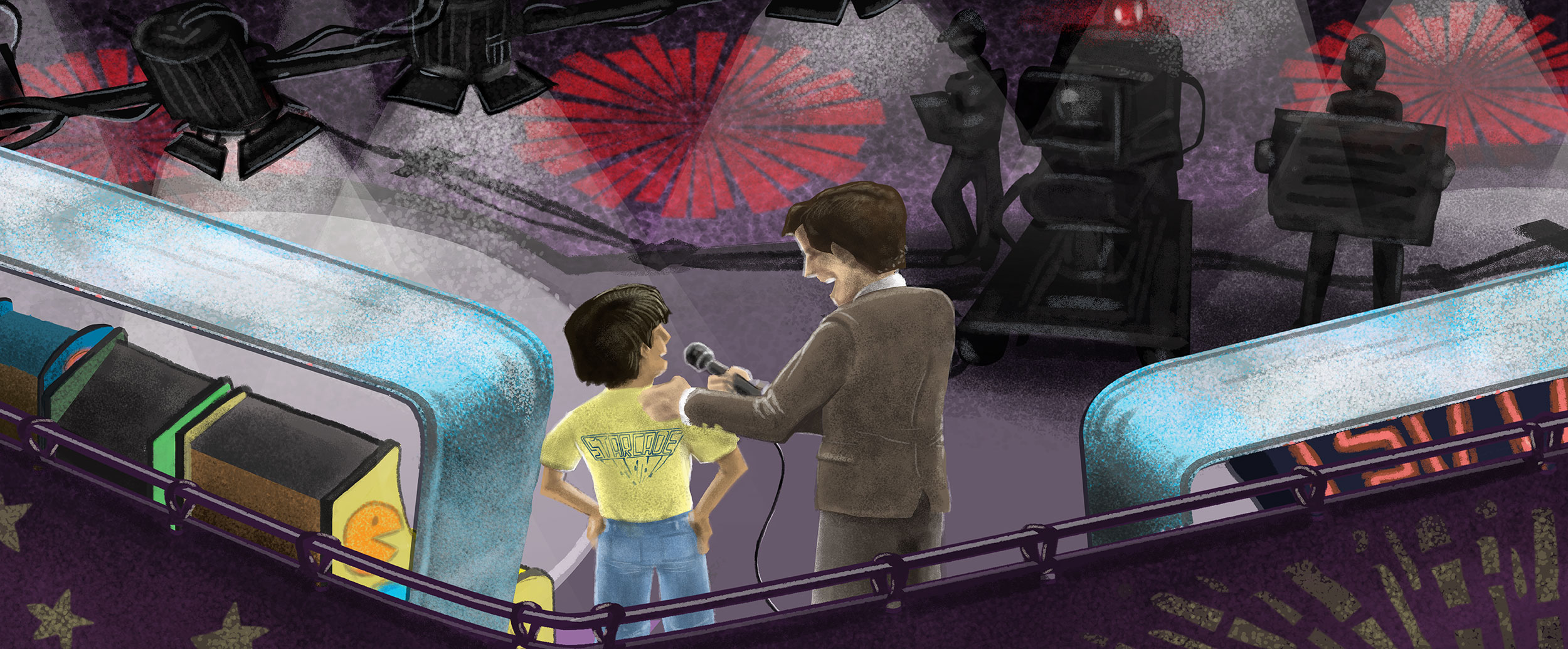
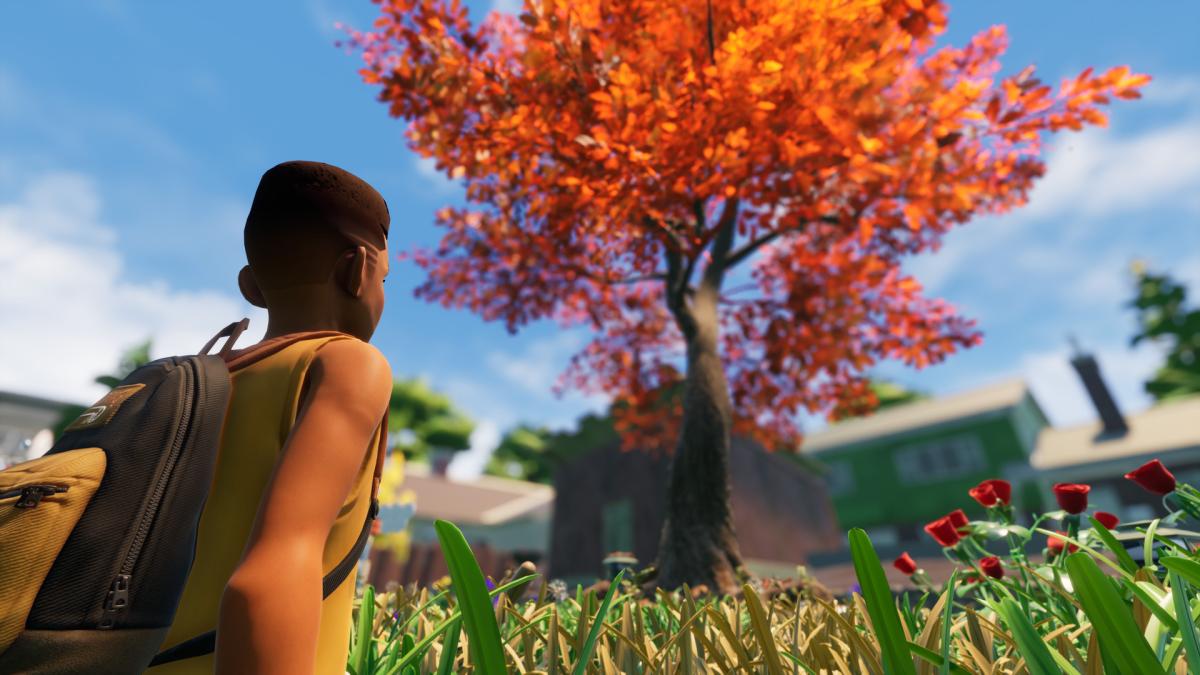
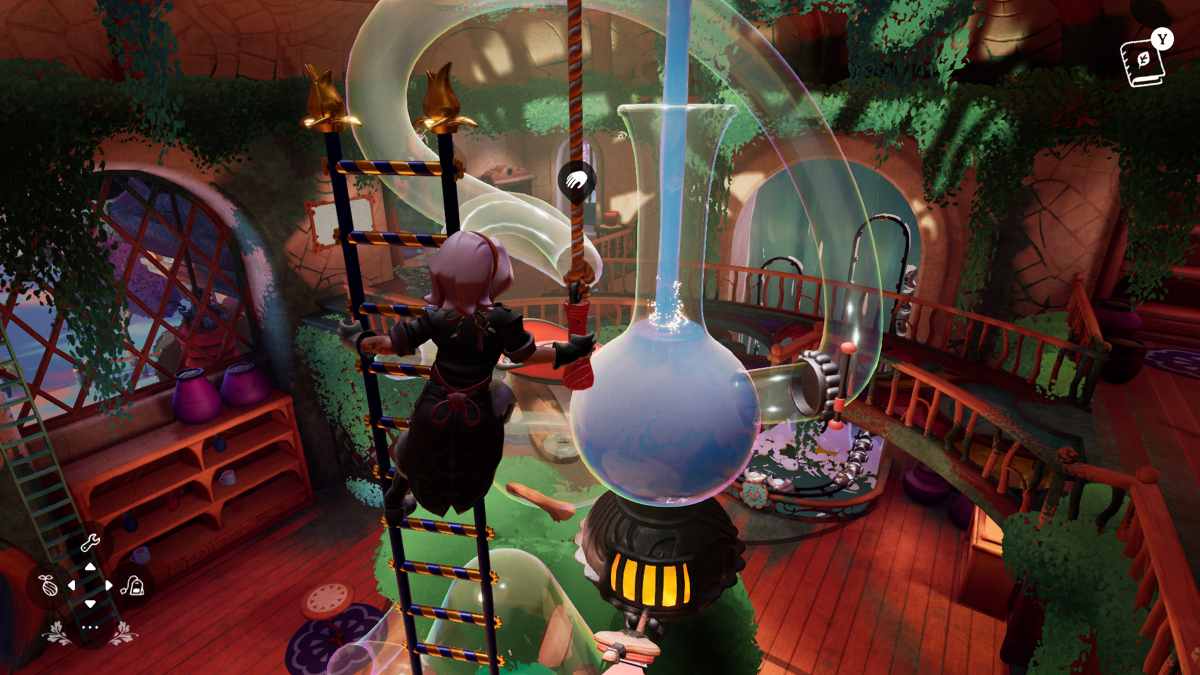
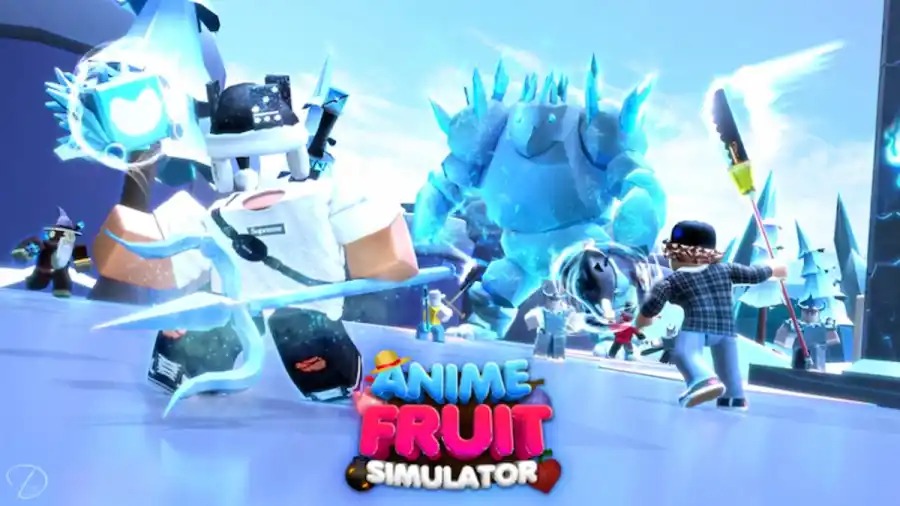
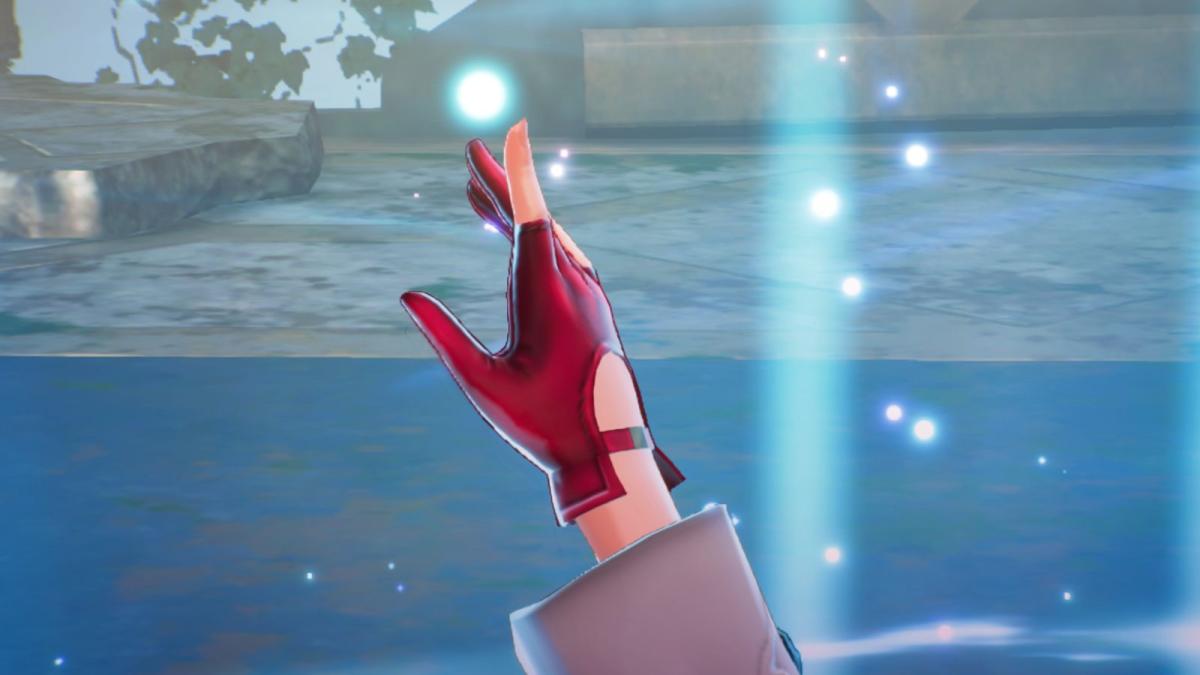
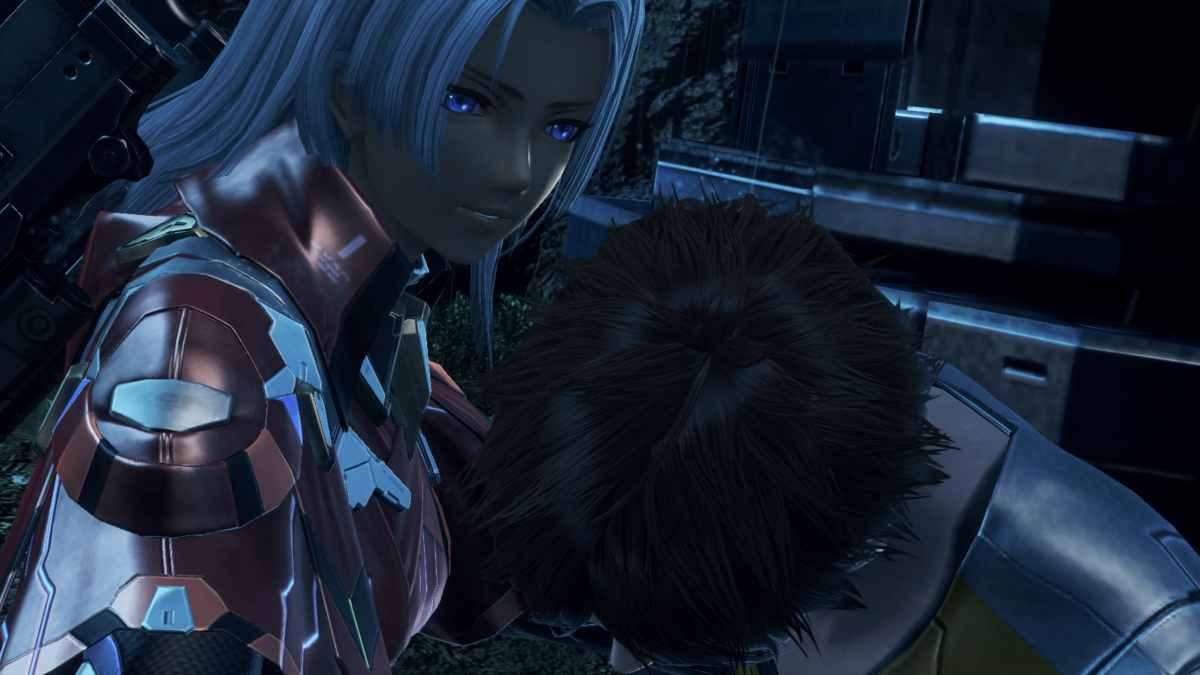
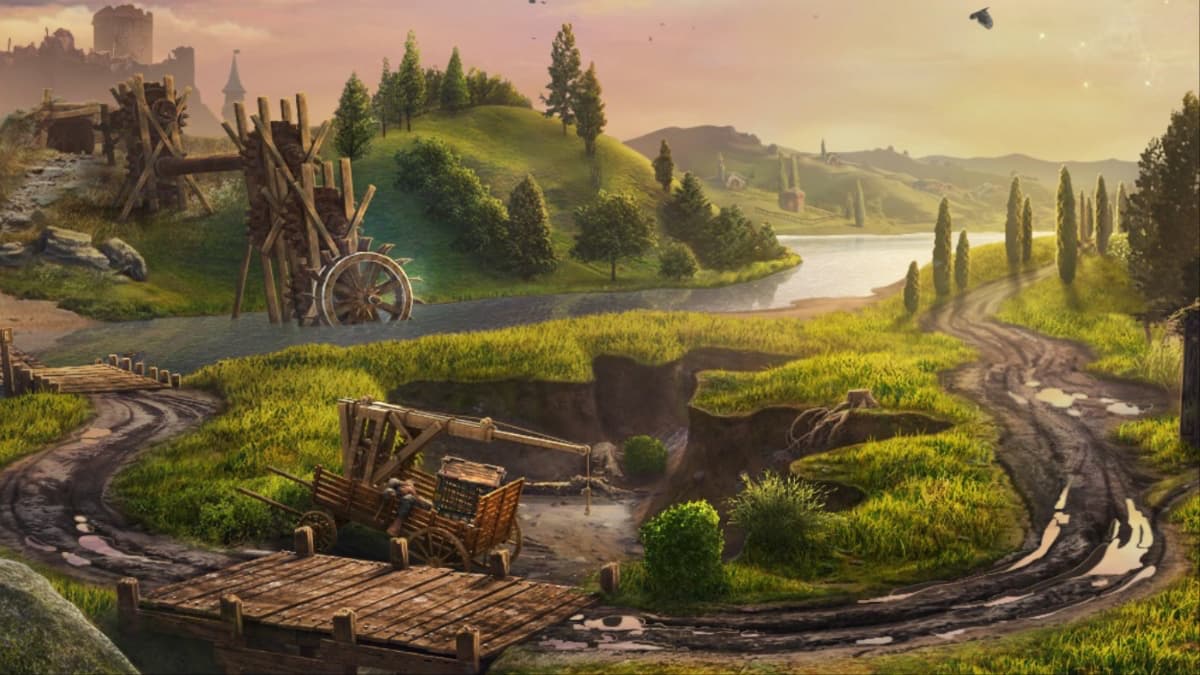
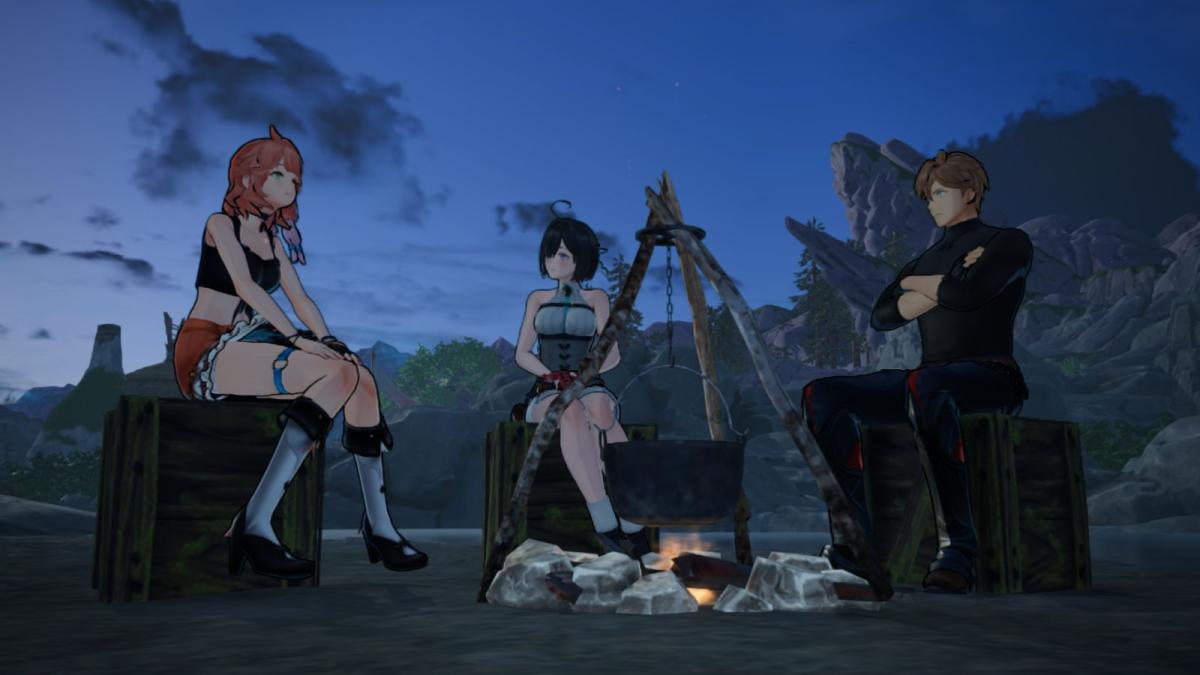
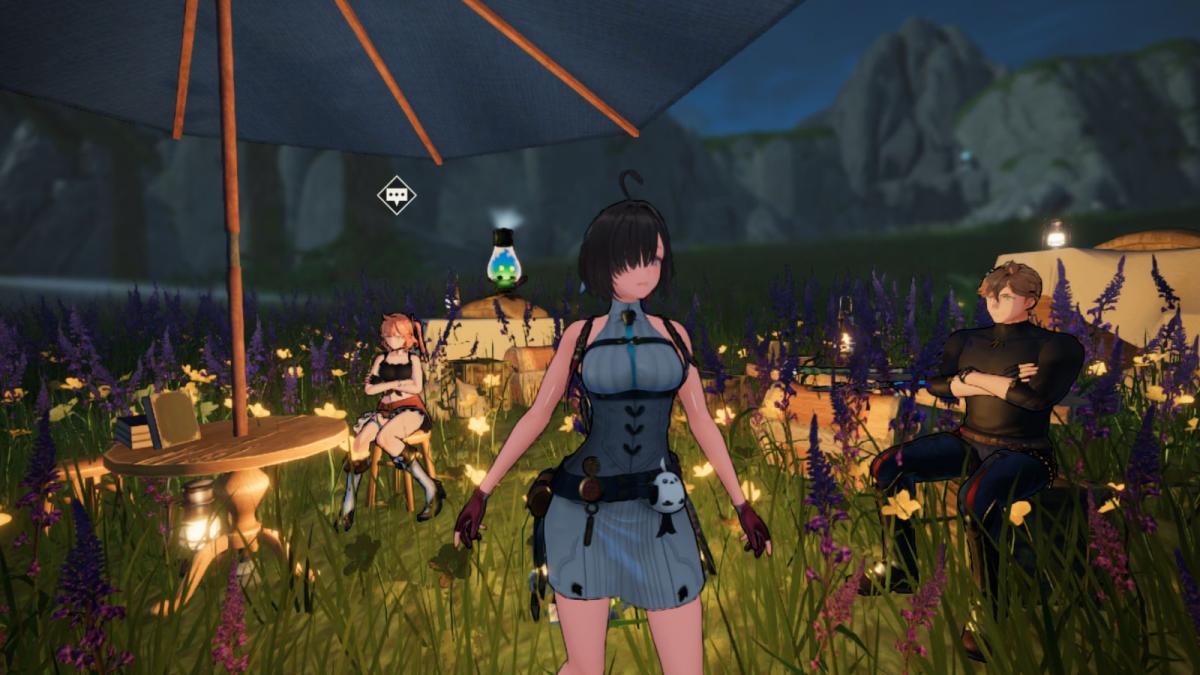


Published: Sep 22, 2016 02:46 am